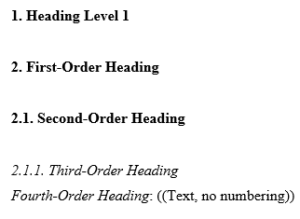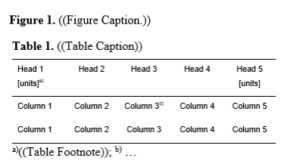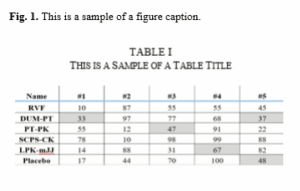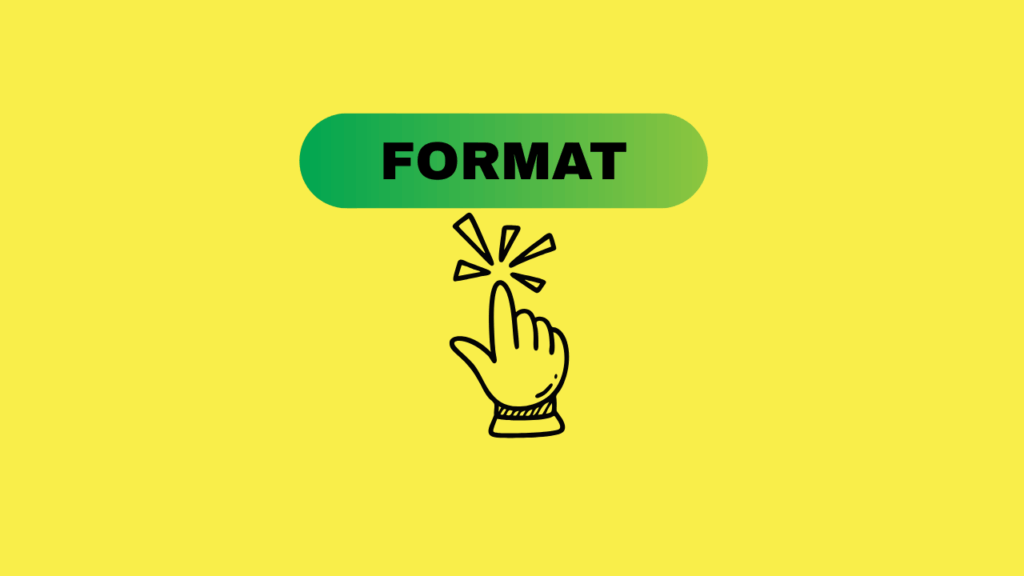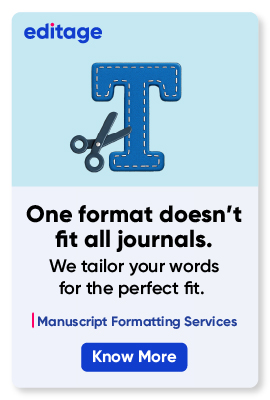Common Formatting Mistakes That Can Get Your Manuscript Rejected

Nobody likes rejection! Be it in your personal life, or your research publication journey. Hearing a “No” from your preferred target journal for your valuable manuscript can be frustrating. Although manuscript rejection is part of a researcher’s journey, there are a few good practices that can help reduce the chances of rejection. One of them is accurate manuscript formatting!
In this article, let’s go through 5 most common formatting mistakes that can be easily avoided to prevent desk rejection of manuscripts.
Formatting of section headings and sub-headings
Table and figure caption formats
Reference list and citation style formatting
Overlooking the mandatory formatting requirements
1. Formatting of section headings and sub-headings
Often, journals and publishers provide a formatting template that needs to be implemented. Take note of how they expect you to format the section headings and sub-headings.
Simply using boldface and/or italics for all headings may not be suitable. Below are some examples of how different publishers require the section headings to be formatted for their paper.
Example 1: Wiley journals
- All headings and sub-headings are written in sentence case, which means the first letters of all major words are capitalized.
- Only the third and fourth order sub-headings are italicized.
Example 2: IEEE journals
- The main heading is centered on the page.
- The sub-heading is written in italics and flushed left.
Example 3: IEEE Access
- The headings are all written in uppercase.
- Distinguish between the headings and sub-headings by using Roman numerals and alphabets.
- Sub-headings should be italicized.
2. Table and figure caption formats
All captions of tables, figures, graphics, and illustrations must be formatted in a certain way. Again, this will be clearly indicated in the template provided by the journal or highlighted in the “Instruction for Authors” section on the website.
Example 1: Wiley journals
- Both figure and table captions should be written in sentence case.
- There should be a period after the figure/table number.
Example 2: IEEE journals
- Shorten the label to “Fig.” and use a period after the figure number.
- The table number should be indicated in Roman numerals and the caption is centered below it. All letters are in uppercase.
3. Reference list and citation style formatting
Different journals recommend using different citation styles.
For instance, the author-date system (Harvard style) is commonly preferred for papers in the fields of Social Sciences, Literature, and Natural Sciences. Conversely, the numerical format of citation (Vancouver style) is often used in Physical Sciences and Medicine papers. The formatting of citation numbers also varies—sometimes written within square brackets ([1]) or as a superscript numerical (1) in text.
Additionally, pay attention to the reference list formatting—whether the works need to be listed alphabetically or in the order of their appearance in the text. Keep in mind that all works cited in the main text must be included in the reference list.
4. Submission of figures
Most journals clearly indicate how the figures should be submitted. Some may require you to include the figures within the main manuscript, while others may need you to upload the figure files separately during manuscript submission.
When submitting the figures separately, check the formats accepted by the journal (e.g., JPG, PNG, PDF, TIFF, EPS, and others).
5. Overlooking the mandatory formatting requirements
Finally, pay close attention to the general manuscript formatting requirements.
- Does the journal specify that page numbers or line numbers should be included?
- What is the recommended font type and size?
- Should the paper be presented in a single-column or a double-column format?
These trivial aspects can make or break your manuscript submission process!
Conclusion
Desk rejections are more common than you think. Remember, journal editors scrutinize hundreds of research papers every day! This means that correct manuscript formatting can make their life easy while benefitting you.
You can always outsource manuscript formatting to professionals, saving you time and allowing you to focus on more critical aspects of your research. Nevertheless, read the journal guidelines thoroughly and ensure that they are immaculately followed during manuscript submission.
Give more time for your research, spend less time formatting! Check out Editage’s Manuscript Formatting Services and get professional support for journal formatting.

